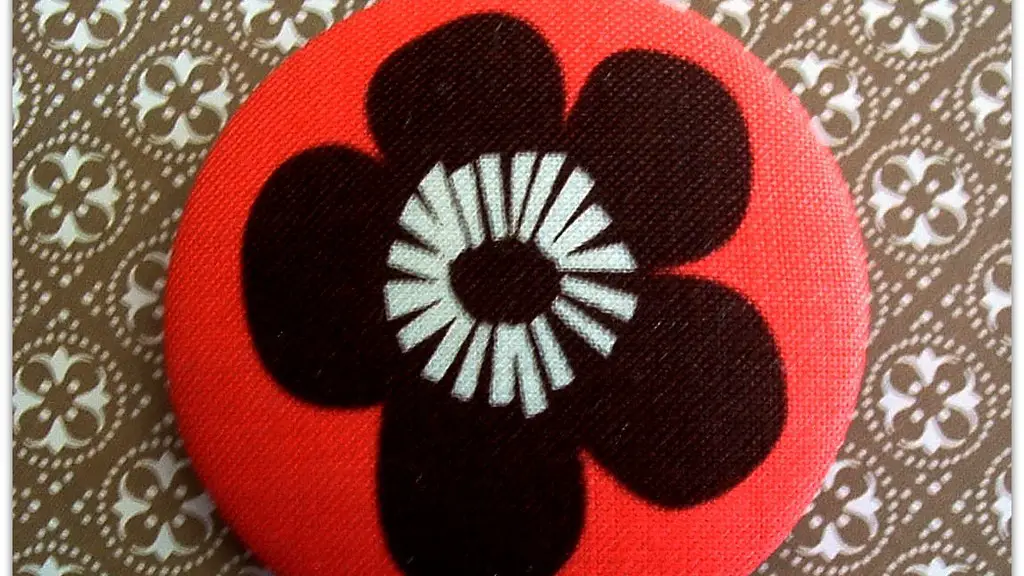Problem: Stitch Problems on a Sewing Machine
For sewers of all levels, being able to quickly and easily troubleshoot stitch problems on a sewing machine is a must-have skill. Trying to work out why the stitches don’t look right, or why the thread won’t stay in place, can be a major headache. It’s really important to be able to identify the problem and move on. The following guide offers six easy steps that can help diagnose and solve the most common problems on sewing machines.
1. Jammed Bobbin
The first thing to check is if the bobbin is jammed. This can be caused by tension issues, incorrect threading, or too much thread stuck on the bobbin. To fix this, the bobbin should be unloaded, cleaned, and correctly rethreaded. The tension should also be checked and adjusted if necessary.
2. Bent or Burred Needle
If the needle is bent or burred, the stitch won’t come out right. This can be caused by using incorrect settings or hitting a hard object while sewing. To fix this problem, the needle should be changed and the settings verified as correct. It’s also important to remember not to force the needle through hard fabric which could cause the needle to bend.
3. Incorrect Threading of the Machine
If the machine is not threaded correctly, stitches won’t look right. This can happen if the threading isn’t correct or the presser foot isn’t lowered when doing the threading. To fix this, it is important to rewind the bobbin correctly and thread the machine correctly. Checking the presser foot is correctly lowered can also help avoid this problem.
4. Cleaning the Bobbin Case
Sometimes a jammed bobbin or poor stitches can be caused by lint or misplaced threads in the bobbin area. This can be easily fixed by removing the bobbin case and cleaning it with a soft brush or cotton swab. Make sure to clear out all lint or threads that may be blocking the bobbin slot and also any lint or threads that may have accumulated in the thread guide.
5. Uneven Tension
If the tension is uneven then the stitch will be too loose or too tight. This is usually caused by incorrect tension settings or the wrong type of thread being used. To fix this, it is important to verify the correct tension settings are being used. Additionally, double-check that the correct type of thread is being used for the fabric that is being worked with.
6. Inspecting the Needle Plate
If the stitches are not coming out right or the thread is constantly breaking even after all the above factors are checked, then the problem could be the needle plate. The needle plate should be inspected for burrs, scratches, or breaks that could cause the thread to catch and break. It should also be checked for any warping or damage that could stop the needle from penetrating the fabric correctly.
Additional Solutions and Maintenance
By following the above tips, most problems with the stitching on a sewing machine can quickly be identified and fixed. However, regular maintenance and care of the machine is just as important for top performance. This includes oiling the machine, changing the needle regularly, ensuring tension is correctly set, and threading and rethreading the machine correctly each time a new project is started.
Use Quality Thread and Needles
The fabric, thread and needle should all be appropriate for the project that is being worked on. The fabric should be appropriate for the type of machine being used, and thread and needle should be of the correct size and weight for the fabric. It is also important to use quality thread and needles as this will reduce the chances of the stitch coming out wrong.
Read the Instruction Manual
Making sure that you are familiar with the sewing machine and the settings that it offers can help to avoid problems with the stitches. The machine’s instruction manual should always be consulted to make sure that the machine is being used correctly. The manual can also guide sewers through the process of troubleshooting common stitch problems.
Practice and Patience
In the end, the ability to stitch successfully comes down to practice and patience. The key is to practice and get to know your machine. By learning from mistakes and taking enough time to check the settings, stitch issues can be fixed quickly and easily. It is also important to remember to be patient, as stitching is both an art and a science that requires skill and precision.


